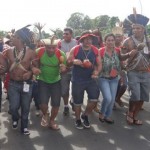
The indigenous peoples of Brazil—continuing the struggle to obtain the respect of their rights
This initiative provides support to two events where indigenous leaders will be strengthened in their struggle to secure the right to live in their customary territories. The first event is a mobilization, to be held in the second half of … Read more
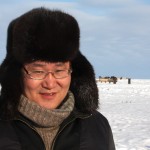
Chief Vyacheslav Shadrin: constantly on the move for the rights of indigenous peoples in Russia
Chief Vyacheslav Shadrin is Chairperson of the Yukaghir Council of Elders, of the Republic of Sakha-Yakutia, in Russia. Since the late days of the Soviet Union, Chief Shadrin has systematically advanced the cause of the indigenous peoples and communities of … Read more

Tapio Kalli: working tirelessly to restore the ecological status of the Kuivasjärvi watershed (Finland)
Mr. Tapio Kalli, long-time leader of the fishermen of lake Kuivasjärvi, lives in Kuivasjärvi village (Parkano municipality, appr. 287 kms northwest of Helsinki, Finland). He is in his late 60s.
Doctor Elias Lönnrot, compiler of the national Epic of Finland … Read more
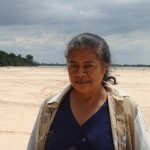
Felicia Barriento Cuellar: strengthening indigenous women for culture and nature in the Chaco region of Bolivia
Felicia Barrientos Cuellar is a brave indigenous woman from the Isoseño-Guarani people. There are three key aspects of her life’s work that greatly helped to enhance intra and inter community solidarity and contributed to improving the life of the Isoseño … Read more
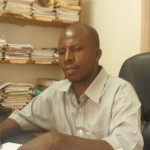
Alassane Zoumaru: inventing a Taneka cultural bank for collective memory and social cohesion (Benin)
Descendant of the Gnam-nê clan– rainmakers and family of great traditional priests and keepers of the timing of agricultural production in Benin– Alassane Zoumarou, is heir of a rich history and many artistic and cultural values. Very young, he expressed … Read more
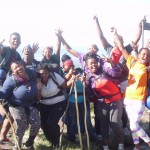
The Ntinga Ntaba ka Ndoda: a “decent life of dignity” for all communities (South Africa)
Ntinga Ntaba ka Ndoda is a community-owned and democratically controlled movement that incubates, catalyses and facilitates participatory democracy and sustainable rural development, drawing its members from 13 villages in Keiskammahoek south, in the Eastern Cape province of South Africa.
With … Read more
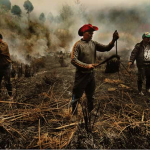
The Qalang Smangus community: collective governance to sustainably manage the natural commons in the mountains of Taiwan
The small village of Qalang Smangus is home to a tribe of Atayal indigenous people in a mountainous area of northern Taiwan. Their great achievement of the last twenty years is their own evolution as a sustainable community that gains … Read more
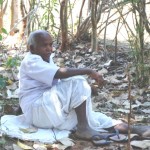
Damodar Kashyap – promoting local harmony and a thriving forest for every village
Damodar Kashyap is about 67 years old and belongs to the Bhatra community of Sandh Karmari, a village of 1500 people composed of several hamlets in the eastern border of Bastar, Chhattisgarh (India). For 35 years he has been the … Read more

Tribal solidarity : a key to innovation, adaptation to climate change and a better life for the Abolhassani Confederacy of Iran
The Abolhassani Indigenous Nomadic Tribal Confederacy has lived and migrated seasonally in a peri-Central-Desert area known as Touran, one of nine UNESCO Biosphere Reserves in Iran. Its ancestral domain—a nomadic tribal conserved territory— covers about 74,000 hectares within the Reserve. … Read more

Controlling and governing mineral resources in an indigenous territory – Bolivia
The indigenous peoples of Leco de Apolo, reconstituted in 1996, establishes the Indigenous Organisation of the Leco de Apolo Peoples (CIPLA) in 1997. CIPLA represents 21 communities and a population of 4000 inhabitants. In 1997, it requests from the Bolivian … Read more



